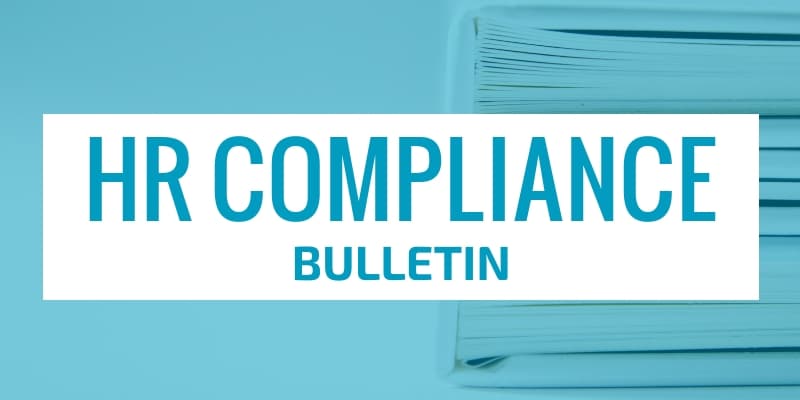 The Coronavirus Aid, Relief and Economic Security Act (CARES Act) creates an employee retention tax credit, which is designed to encourage eligible employers to keep employees on their payroll, despite experiencing economic hardship related to COVID-19.
The Coronavirus Aid, Relief and Economic Security Act (CARES Act) creates an employee retention tax credit, which is designed to encourage eligible employers to keep employees on their payroll, despite experiencing economic hardship related to COVID-19.
The employee retention credit is a fully refundable tax credit equal to 50% of up to $10,000 in wages paid by an eligible employer whose business has been financially impacted by COVID-19. This tax credit applies to qualified wages paid after March 12, 2020, and before Jan. 1, 2021. The maximum credit for qualified wages paid to any employee is $5,000.
Eligible employers are those that carry on a trade or business during calendar year 2020, including a tax-exempt organization, and that either:
- Fully or partially suspend operation during any calendar quarter in 2020 due to orders from a governmental authority limiting commerce, travel or group meetings (for commercial, social, religious, or other purposes) due to COVID-19; or
- Experience a significant decline in gross receipts during the calendar quarter.
This Compliance Bulletin con ains the IRS’ new release regarding the employer retention tax credit.
Action Steps
Employers that experience an economic hardship due to the COVID-19 pandemic should determine whether they are eligible for this new tax credit. Employers may also be eligible for a tax credit for paying sick or family leave wages to employees who are unable to work or telework due to certain circumstances related to COVID-19. The same wages cannot be counted for both tax credits.
Highlights
• Employers whose business has been financially impacted by COVID-19 may be eligible for
an employee retention tax credit.
• The amount of the credit is 50% of qualifying wages paid, up to $10,000 in total.
• Employers can be reimbursed for the credit by reducing their payroll tax deposits.
• Eligible employers can also request an advance of the credit by
submitting Form 7200.
Important Dates
Wages paid after March 12, 2020, and before Jan. 1, 2021, are eligible for the credit.
Employee Retention Credit
Does my business qualify to receive the Employee Retention Credit?
The credit is available to all employers regardless of size, including tax-exempt organizations. There are only two exceptions: (1) state and local governments and their instrumentalities; and (2) small businesses who take small business loans.
Qualifying employers must fall into one of the following two categories:
- The employer’s business is fully or partially suspended by government order due to COVID-19 during the calendar quarter.
- The employer’s gross receipts are below 50% of the comparable quarter in 2019. Once the employer’s gross receipts go above 80% of a comparable quarter in 2019, they no longer qualify after the end of that quarter.
These measures are calculated each calendar quarter.
How is the credit calculated?
The amount of the credit is 50% of qualifying wages paid up to $10,000 in total. Wages paid after March 12, 2020, and before Jan. 1, 2021, are eligible for the credit. Wages taken into account are not limited to cash payments, but also include a portion of the cost of employer provided health care.
How do I know which wages qualify?
Qualifying wages are based on the average number of a business’s employees in 2019.
- Employers with 100 or fewer employees: If the employer had 100 or fewer employees on average in 2019, the credit is based on wages paid to all employees, regardless of whether they worked. If the employees worked full time and were paid for full time work, the employer still receives the credit.
- Employers with more than 100 employees: If the employer had more than 100 employees on average in 2019, then the credit is allowed only for wages paid to employees who did not work during the calendar quarter.
I am an eligible employer. How do I receive my credit?
Employers can be immediately reimbursed for the credit by reducing their required deposits of payroll taxes that have been withheld from employees’ wages by the amount of the credit.
Eligible employers will report their total qualified wages and the related health insurance costs for each quarter on their quarterly employment tax returns or Form 941 beginning with the second quarter. If the employer’s employment tax deposits are not sufficient to cover the credit, the employer may receive an advance payment from the IRS by submitting Form 7200, Advance Payment of
Employer Credits Due to COVID-19.
Eligible employers can also request an advance of the employee retention credit by submitting Form 7200. Where can I find more information on the Employer Retention Credit and other COVID-19 economic relief efforts?
Updates on the implementation of this Employee Retention Credit, Frequently Asked Questions on Tax Credits for Required Paid Leave and other information can be found on the Coronavirus page of IRS.gov.
This Compliance Bulletin is not intended to be exhaustive nor should any discussion or opinions be construed as legal advice. Readers should contact legal counsel for legal advice. Design only ©2020 Zywave, Inc. All rights reserved.


